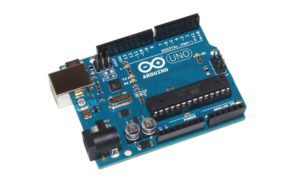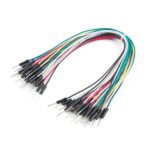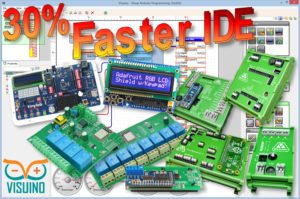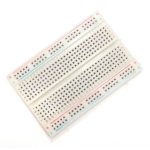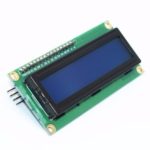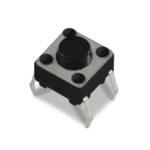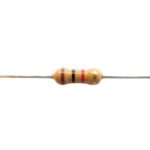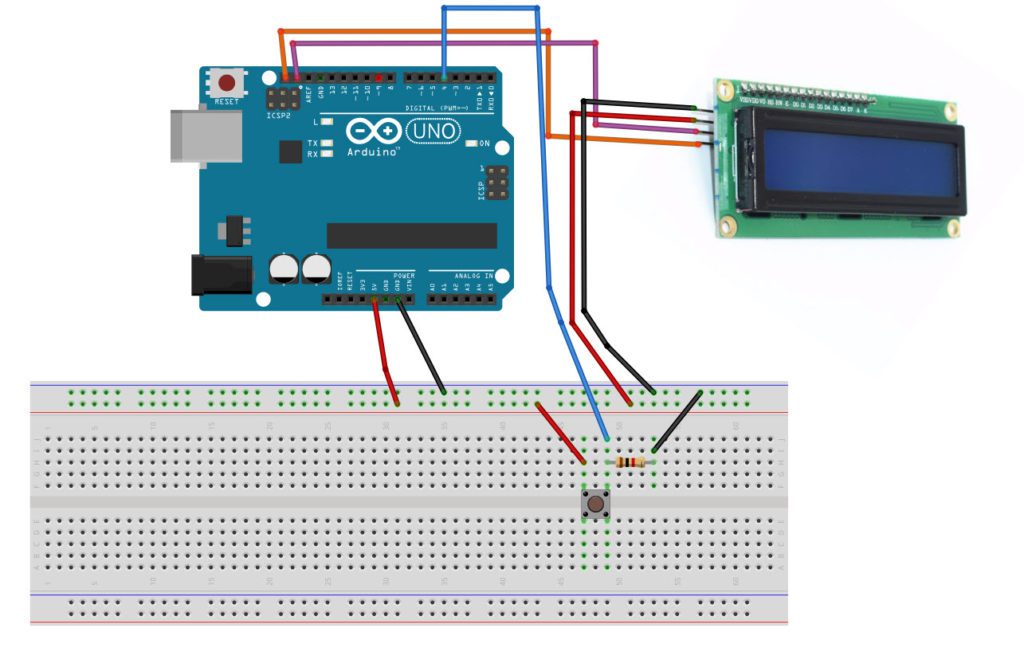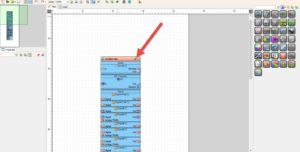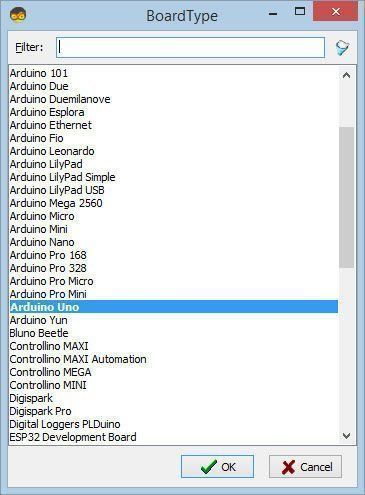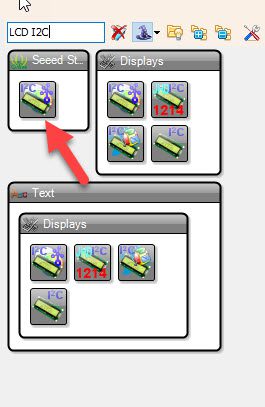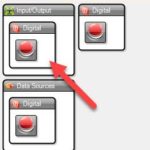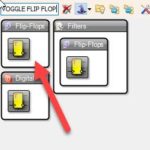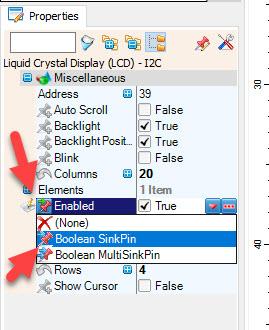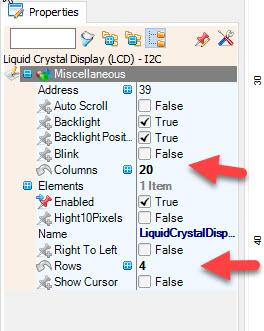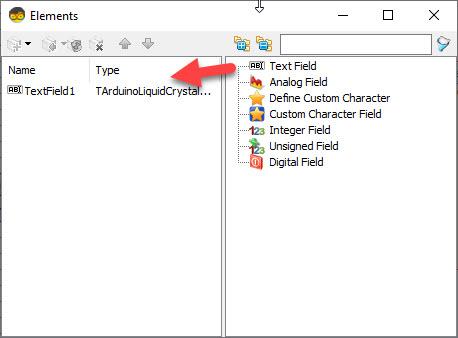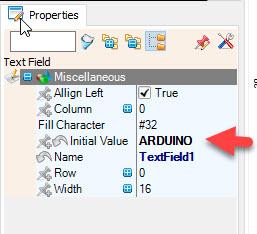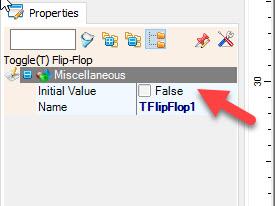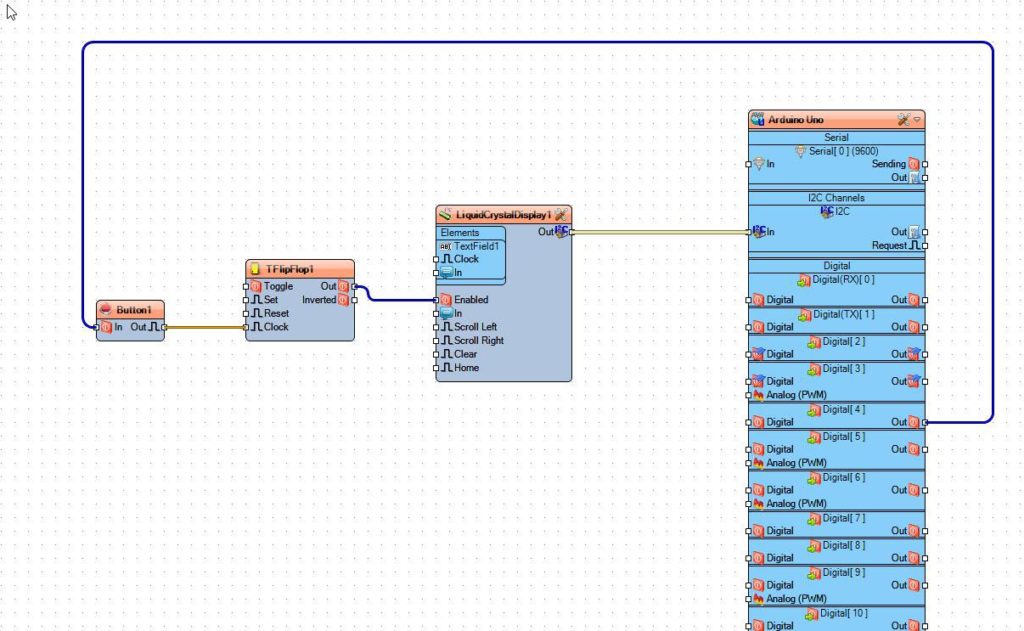In this tutorial we are going to learn how to control a Servo motor using IR remote and Arduino
Watch the Video!
Step 1: What You Will Need
- Arduino UNO (or any other Arduino or ESP)
- LCD I2C
- 1K ohm resistors
- LED
- Button
- Jumper wires
- Breadboard
- Visuino program: Download Visuino
Step 2: The Circuit
- Connect LCD pin [SCL] to Arduino pin [SCL]
- Connect LCD Display pin [SDA] to Arduino pin [SDA]
- Connect LCD Display pin [VCC] to the breadboard positive pin [5V]
- Connect LCD Display pin [GND] to the breadboard pin [GND]
- Connect Arduino Digital pin [4] to the Resistor and button
- Connect other side of the resistor to the breadboard pin [GND]
- Connect Other pin of the button to the breadboard positive pin [5V]
Step 3: Start Visuino, and Select the Arduino UNO Board Type
The Visuino: https://www.visuino.com also needs to be installed. Download Free version or register for a Free Trial.
Start Visuino as shown in the first picture Click on the “Tools” button on the Arduino component (Picture 1) in Visuino When the dialog appears, select “Arduino UNO” as shown on Picture 2
Step 4: In Visuino Add Components
- Add “Debounce Button” component
- Add “Toggle(T) Flip-Flop” component
- Add “Liquid Crystal Display (LCD) – I2C” component
Step 5: In Visuino Set Components
- Select “LiquidCrystalDisplay1” and in the properties window set “Columns” to 20 and “Rows” to 4
Note: if you are using a different LCD that is not 20X4 then use Columns and Rows for that LCD
- Select “LiquidCrystalDisplay1” and in the properties window select “Enabled” and click on the pin icon and select “Boolean SinkPin“
- Double click on the “LiquidCrystalDisplay1” and in the “Elements” window drag “Text Field” to the left and in the properties window set “Initial Value” to ARDUINO
- Close the “Elements” window
Step 6: In Visuino Connect Components
- Connect Arduino digital pin[4] to “Button1” pin [In]
- Connect “Button1” pin [Out] to “TFlipFlop1” pin [Clock]
- Connect “TFlipFlop1” pin [Out] to “LiquidCrystalDisplay1” pin [Enabled]
- Connect “LiquidCrystalDisplay1” pin I2C [Out] to Arduino pin I2C [In]
Step 7: Generate, Compile, and Upload the Arduino Code
In Visuino, at the bottom click on the “Build” Tab, make sure the correct port is selected, then click on the “Compile/Build and Upload” button.
Step 8: Play
If you power the Arduino module, The Display will show the Text, if you press the button, the Display will Turn On or Off.
Congratulations! You have completed your project with Visuino. Also attached is the Visuino project, that I created for this tutorial, you can download it and open it in
Visuino: https://www.visuino.com
Download LCD-BUTTON-ON-OFF.zip

